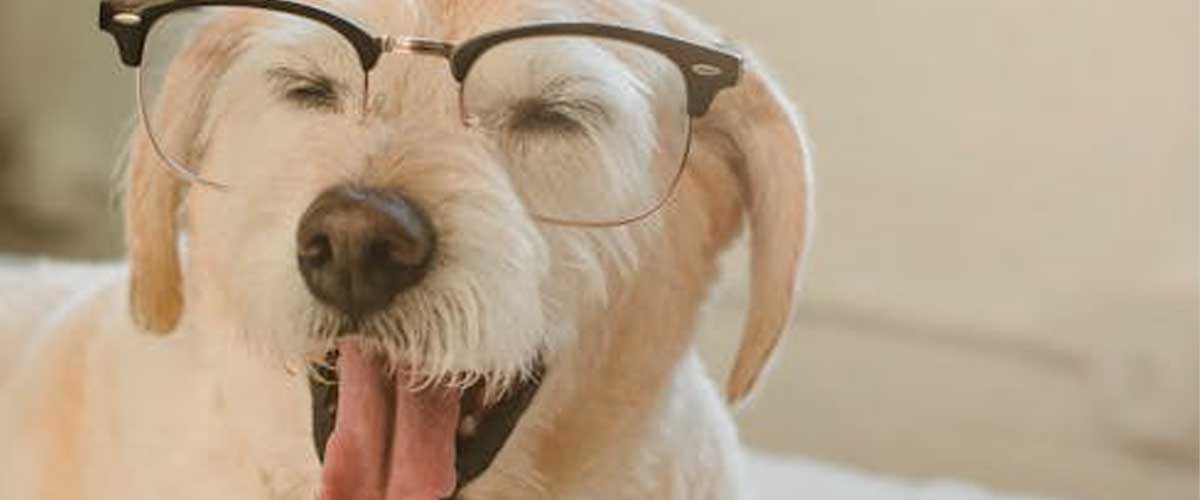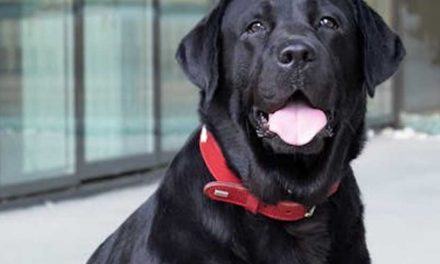Bringing a dog into a family with children can be a joyful experience, but it also comes with its own set of challenges.
Proper training is crucial to ensure that both the dog and the children coexist harmoniously.
Here are some essential do’s and don’ts to guide you through the process of dog training that involves your kids.
The Do’s
1. Introduce Training as a Fun Activity
Make training sessions enjoyable. Use treats, toys, and positive reinforcement to create a positive atmosphere.
Encourage your children to be enthusiastic, as their attitude will significantly affect the dog’s learning experience.
2. Teach Kids Basic Commands
Involve your children in the training by teaching them simple commands to use with the dog, such as “sit,” “stay,” and “come.”
This empowers them to take an active role in the dog’s education and builds a stronger bond between them.
3. Supervise Interactions
Always supervise interactions between your children and the dog, especially during training sessions.
This ensures the safety of both parties and allows you to correct any mistakes or misunderstandings immediately.
4. Use Positive Reinforcement
Encourage your kids to use positive reinforcement when training the dog.
Praising the dog for good behavior, such as using a cheerful voice or giving a treat, helps reinforce desired actions.
5. Establish Boundaries
Set clear boundaries for both the dog and the children.
For instance, teach your children to respect the dog’s space, especially when he’s eating or resting.
Similarly, establish rules about where the dog is allowed in the house.
The Don’ts
1. Don’t Encourage Rough Play
Avoid allowing your children to engage in rough or overly energetic play with the dog.
This can lead to biting or aggressive behavior.
Teach kids to play gently and appropriately with the dog to foster a positive relationship.
2. Don’t Overwhelm the Dog
Children can be naturally excitable, but it’s important not to overwhelm the dog, especially during training.
Encourage your kids to allow the dog some downtime and to approach him calmly, helping to reduce stress for both the dog and the children.
3. Don’t Tolerate Bad Behavior
Ensure your children understand that they should not tolerate any bad behavior from the dog.
At the same time, explain the importance of correcting behaviors consistently and positively, rather than resorting to punishment.
4. Don’t Ignore Signs of Stress
Teach your kids to recognize signs that the dog is stressed or uncomfortable, such as growling, snapping, or laying ears back.
Understanding these cues will help them react appropriately, ensuring the safety of everyone involved.
5. Don’t Use Negative Reinforcement
Discourage the use of negative reinforcement or punishment.
Instead, focus on guiding the dog to appropriate behaviors and rewarding good conduct.
This approach creates a more trusting relationship between the dog and your children.
Conclusion
Training a dog with children involved can be an enriching experience filled with learning opportunities for both the kids and the dog.
By following these do’s and don’ts, you can foster a positive environment that promotes a loving relationship and ensures the safety and happiness of your entire family.
Remember, patience and consistency are key components to a successful training process!











